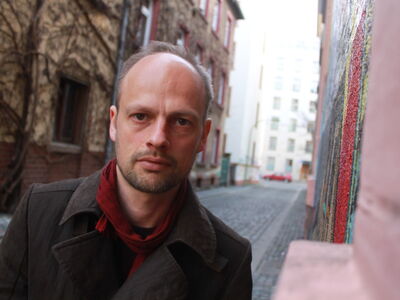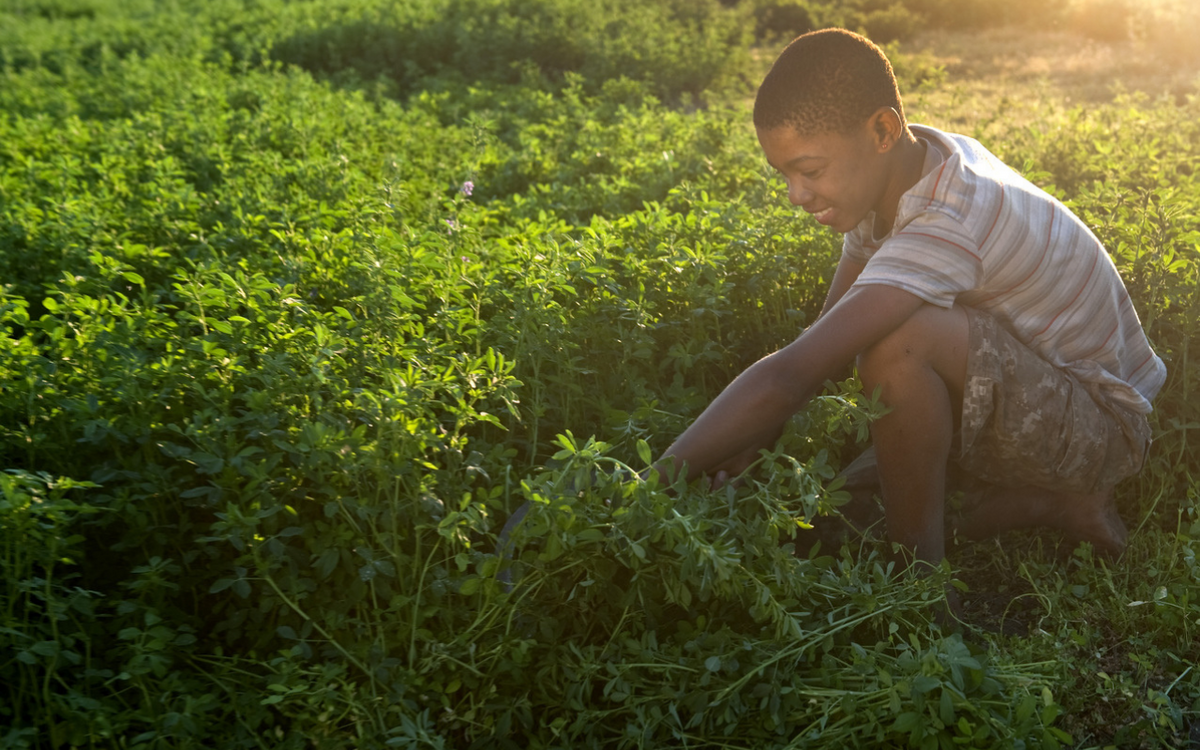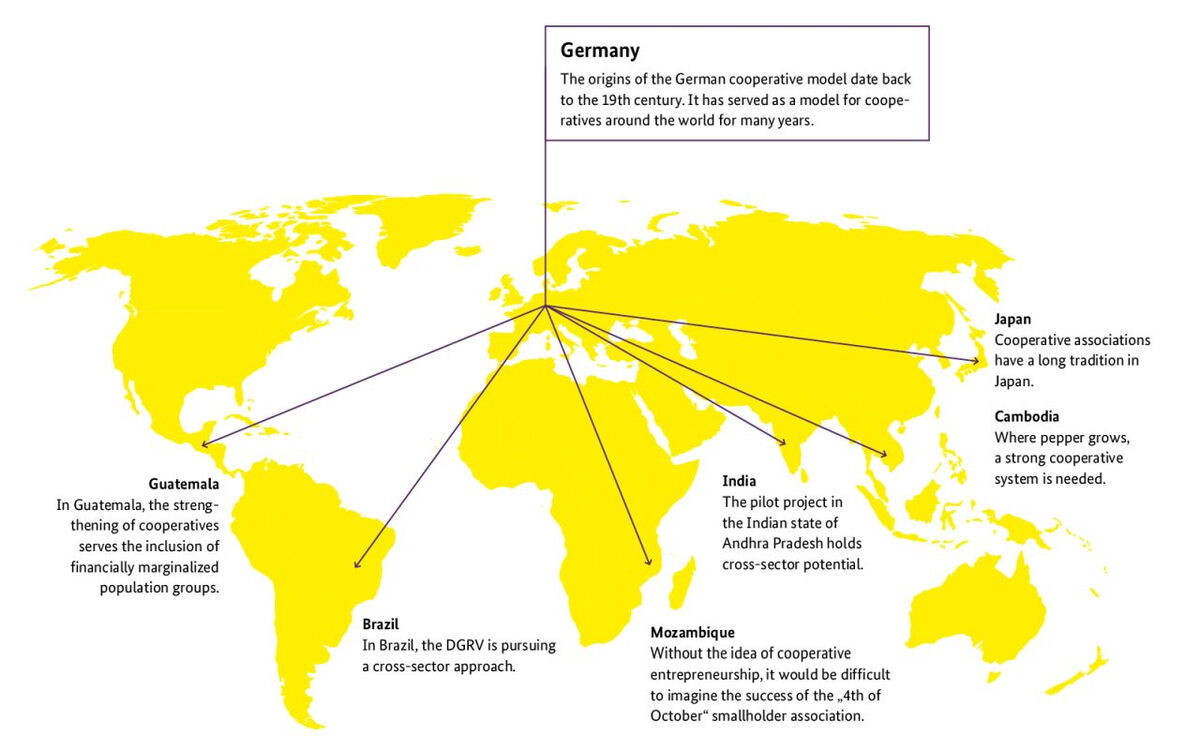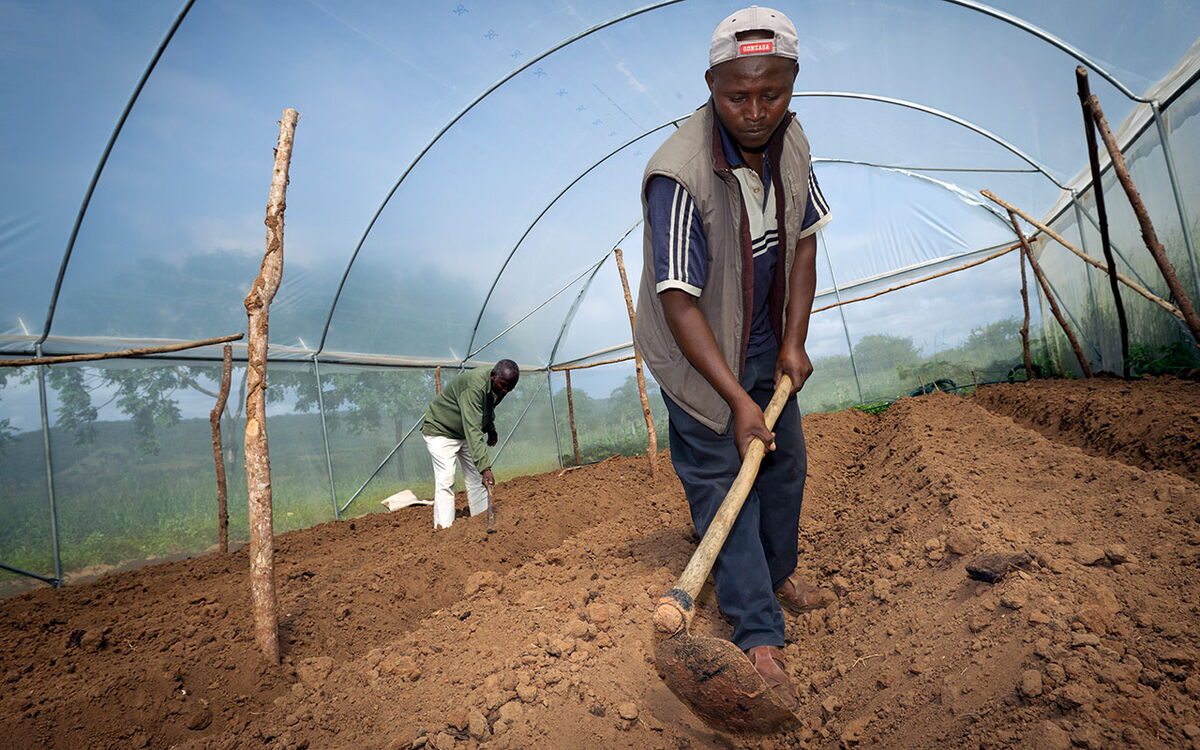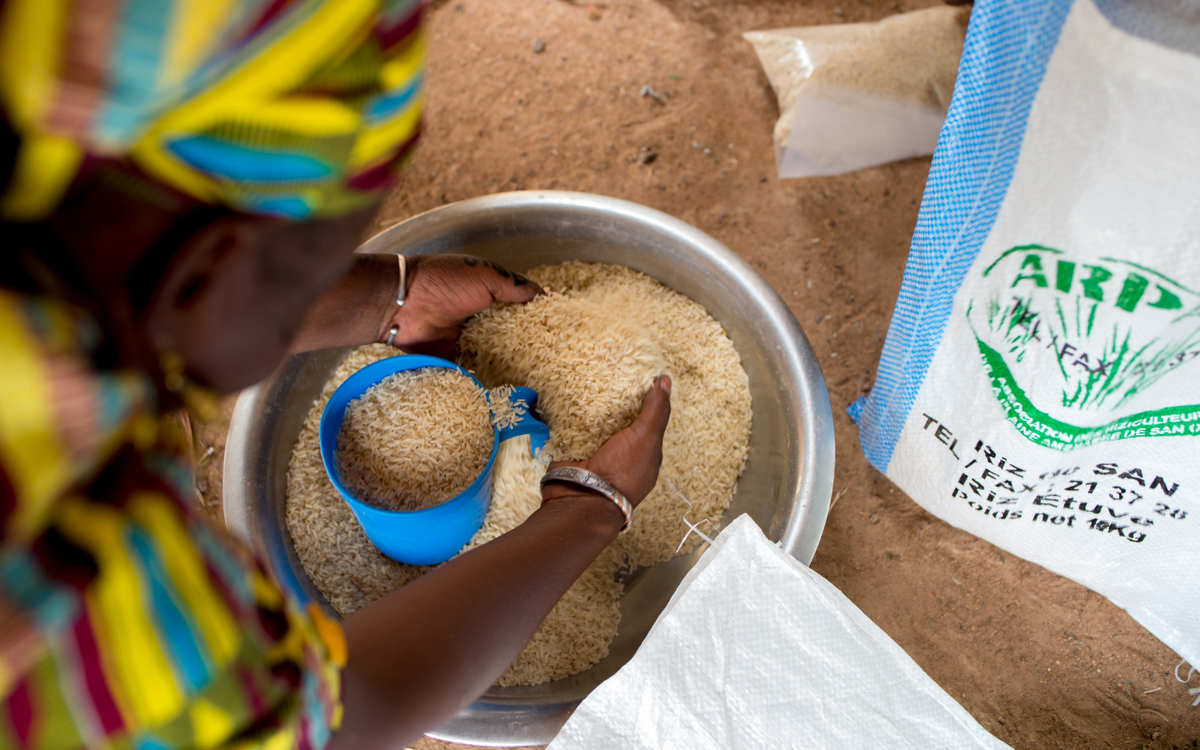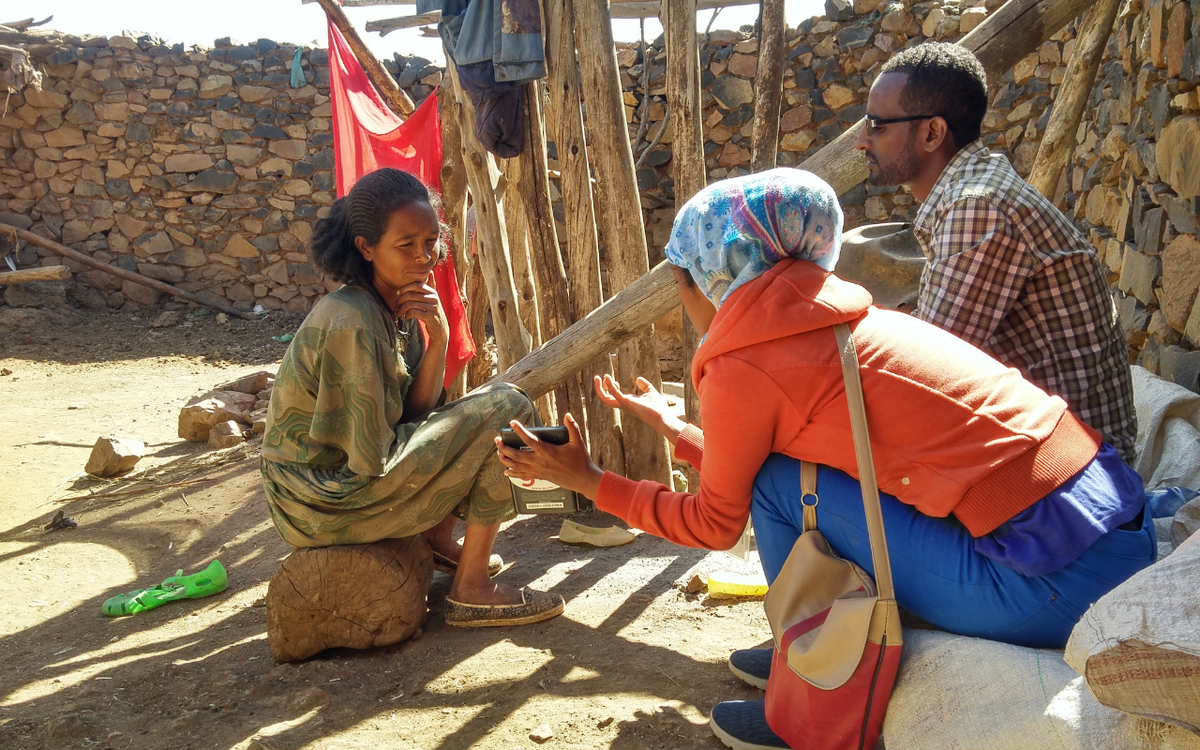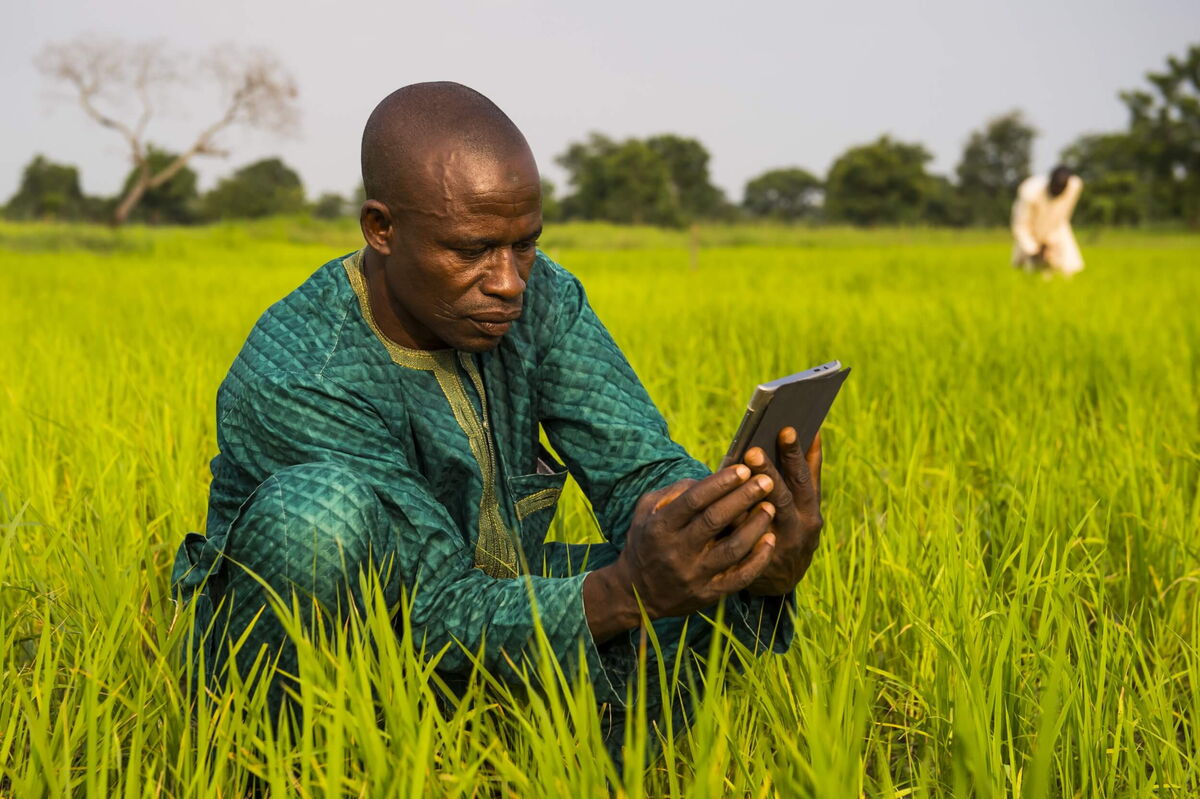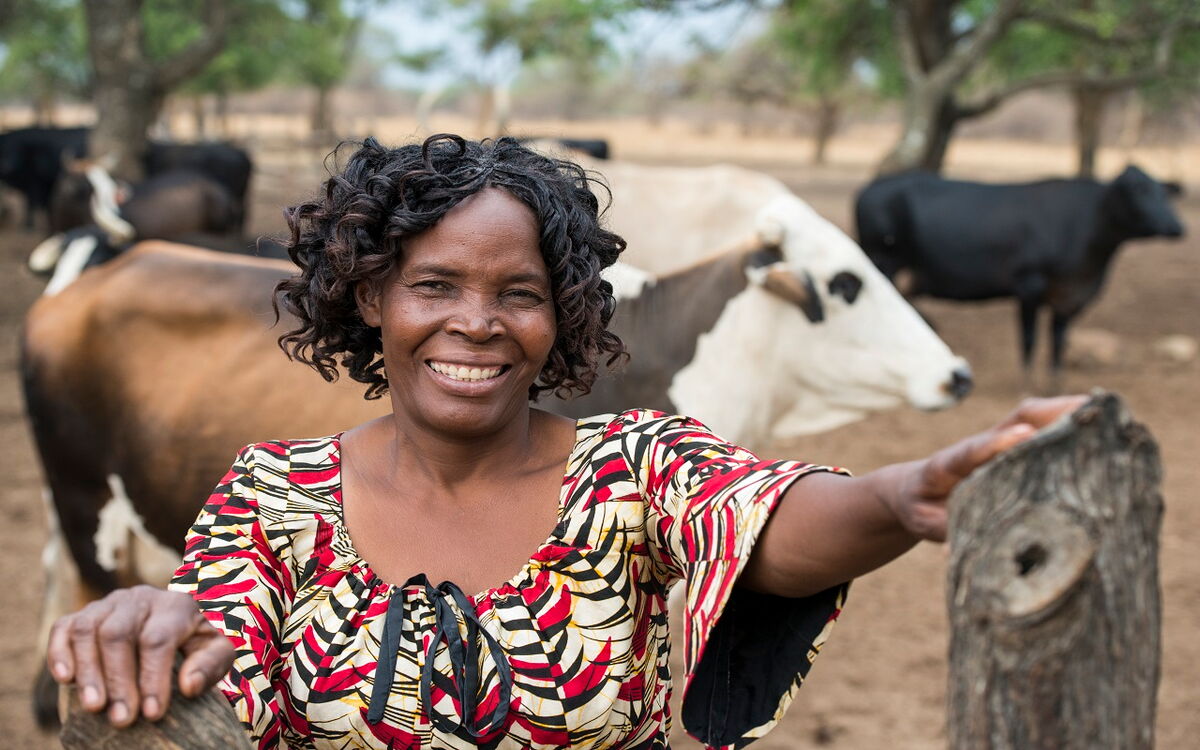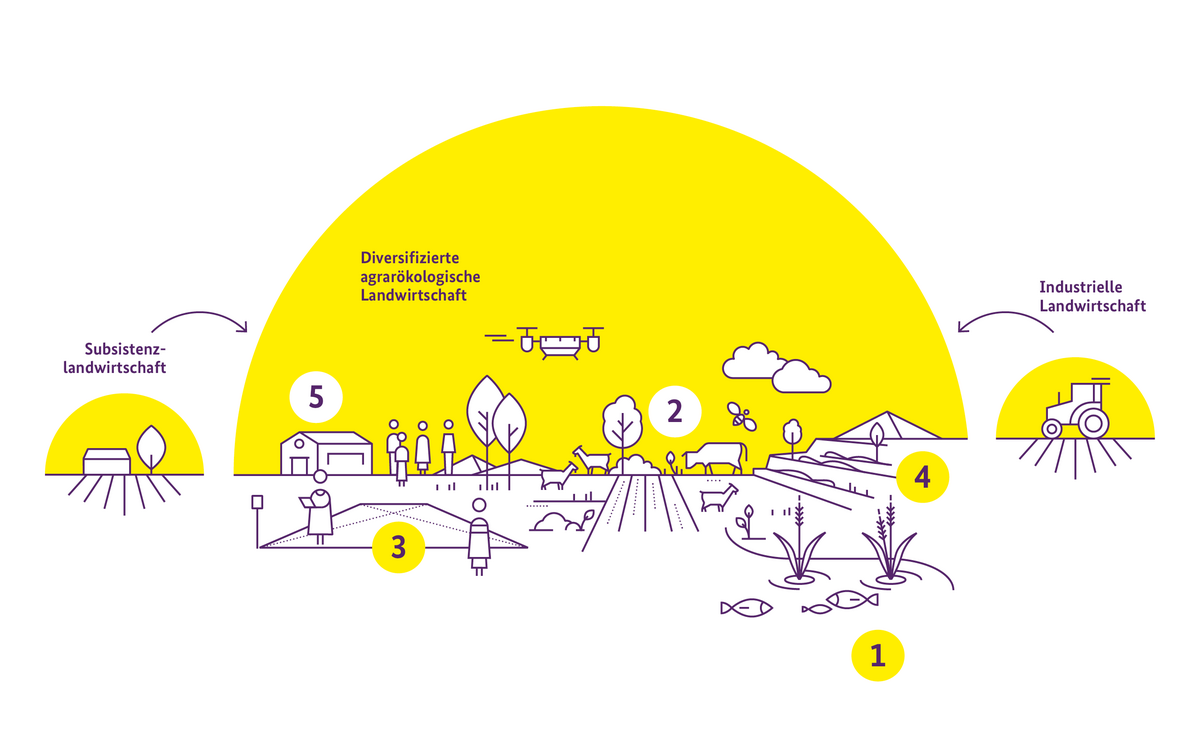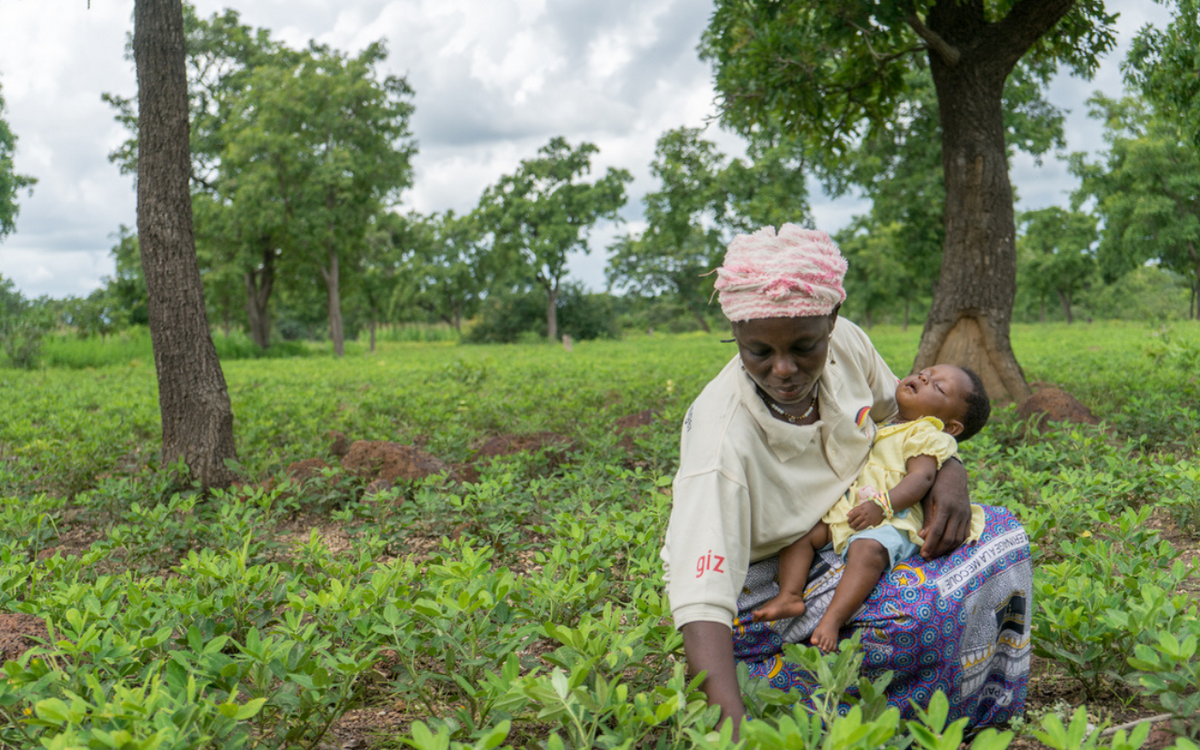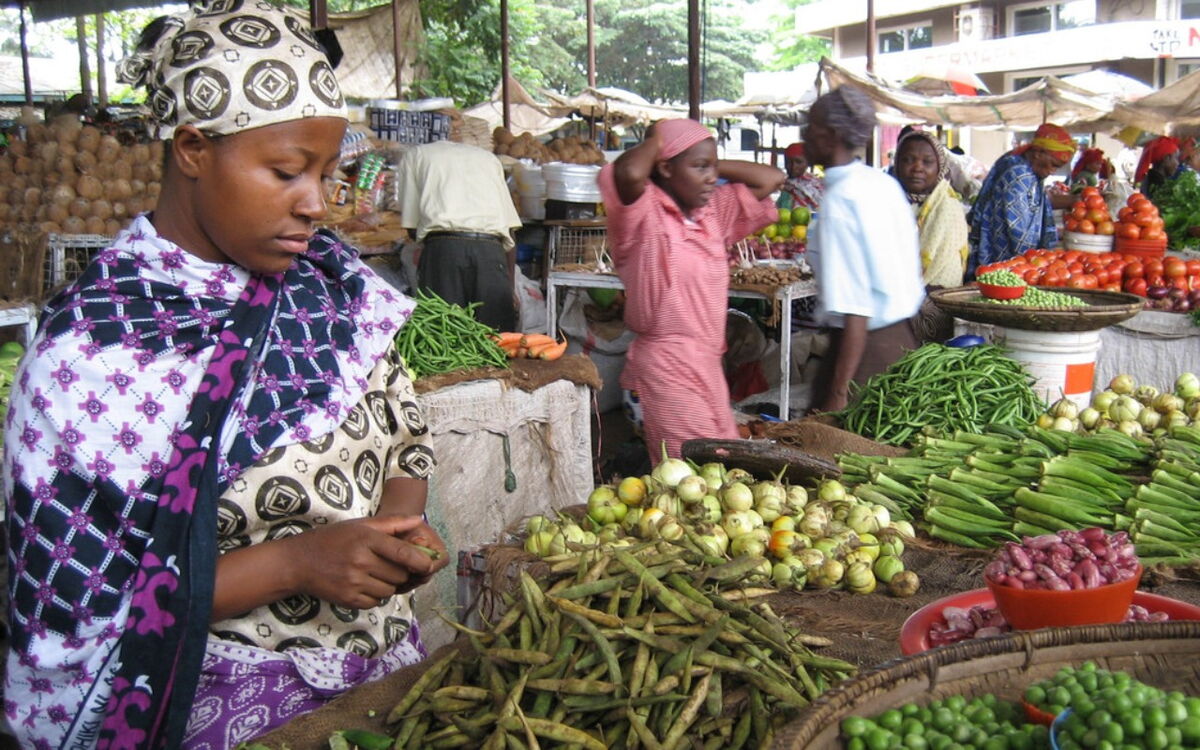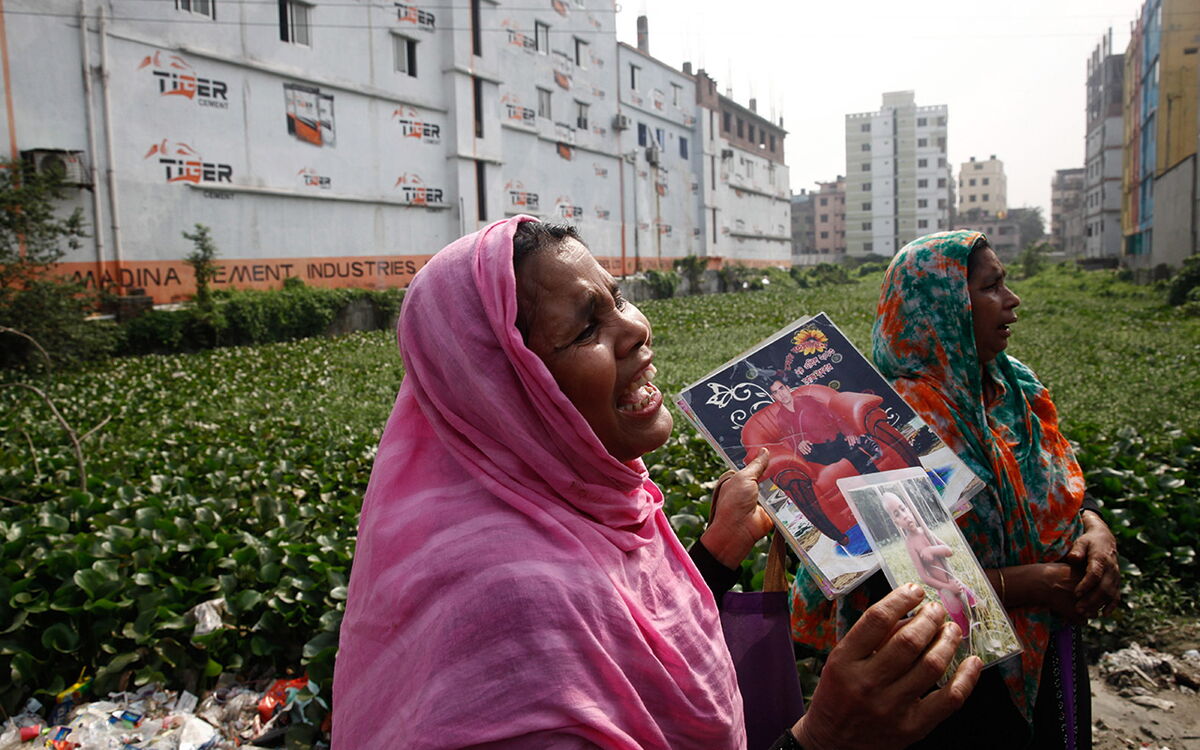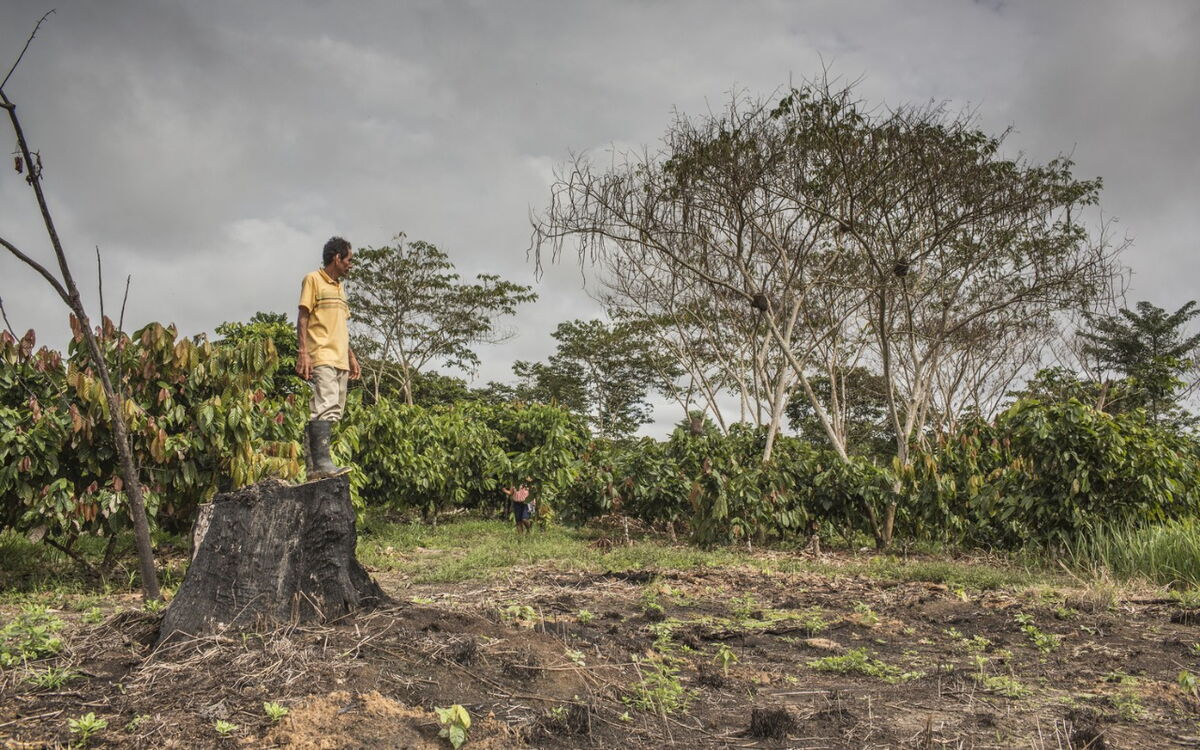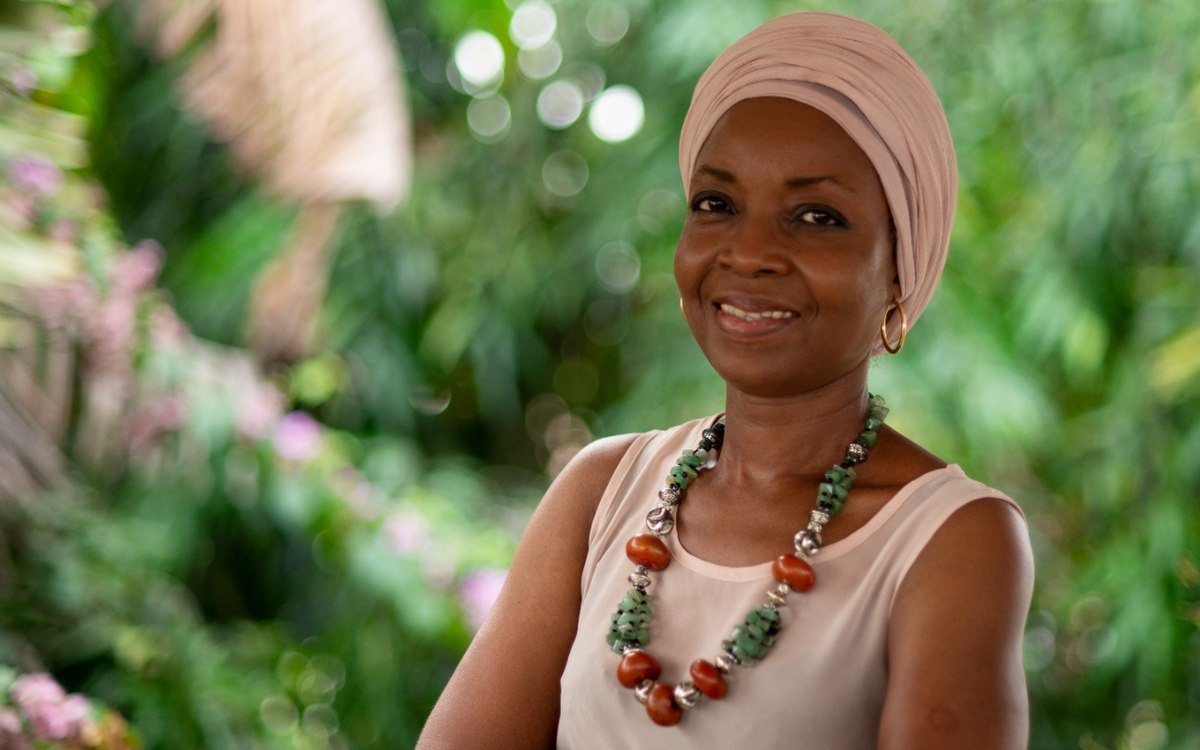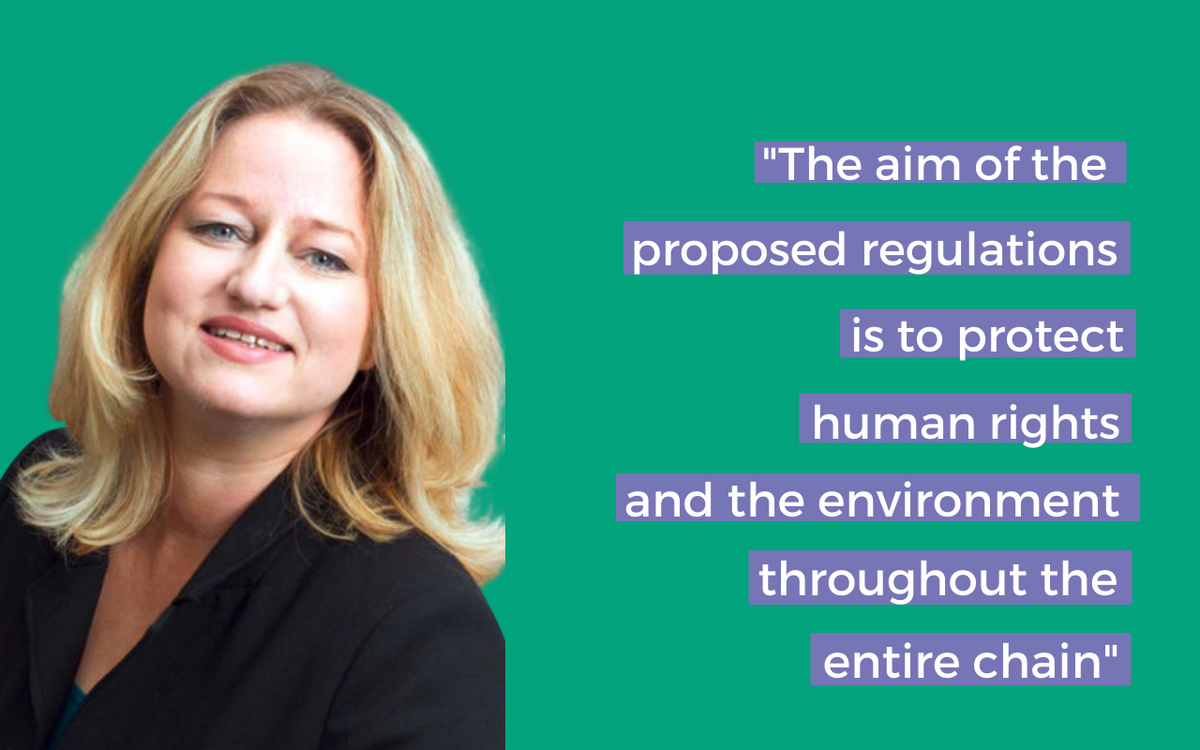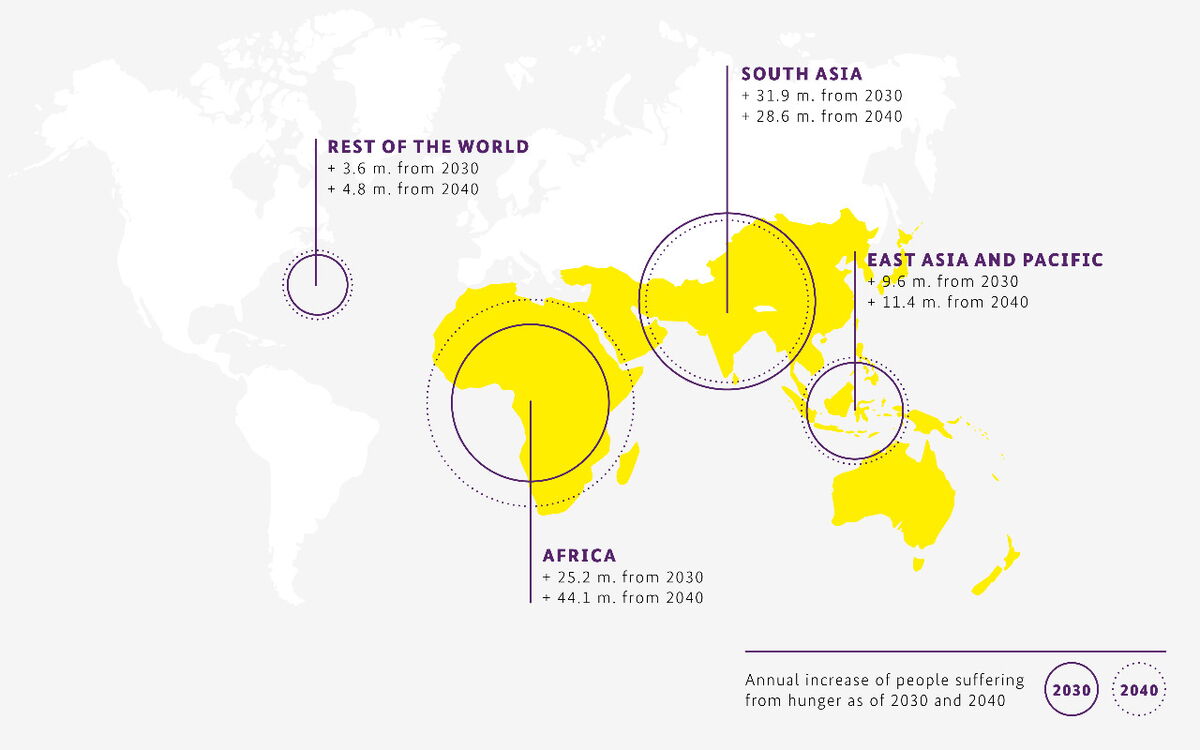The hope of development cooperation lays in innovation
Policy makers wish for innovation. But what is an innovation that truly takes Africa a step forward? With the support of the SEWOH partners, journalist Jan Grossarth took a critical look at the demand for innovation.
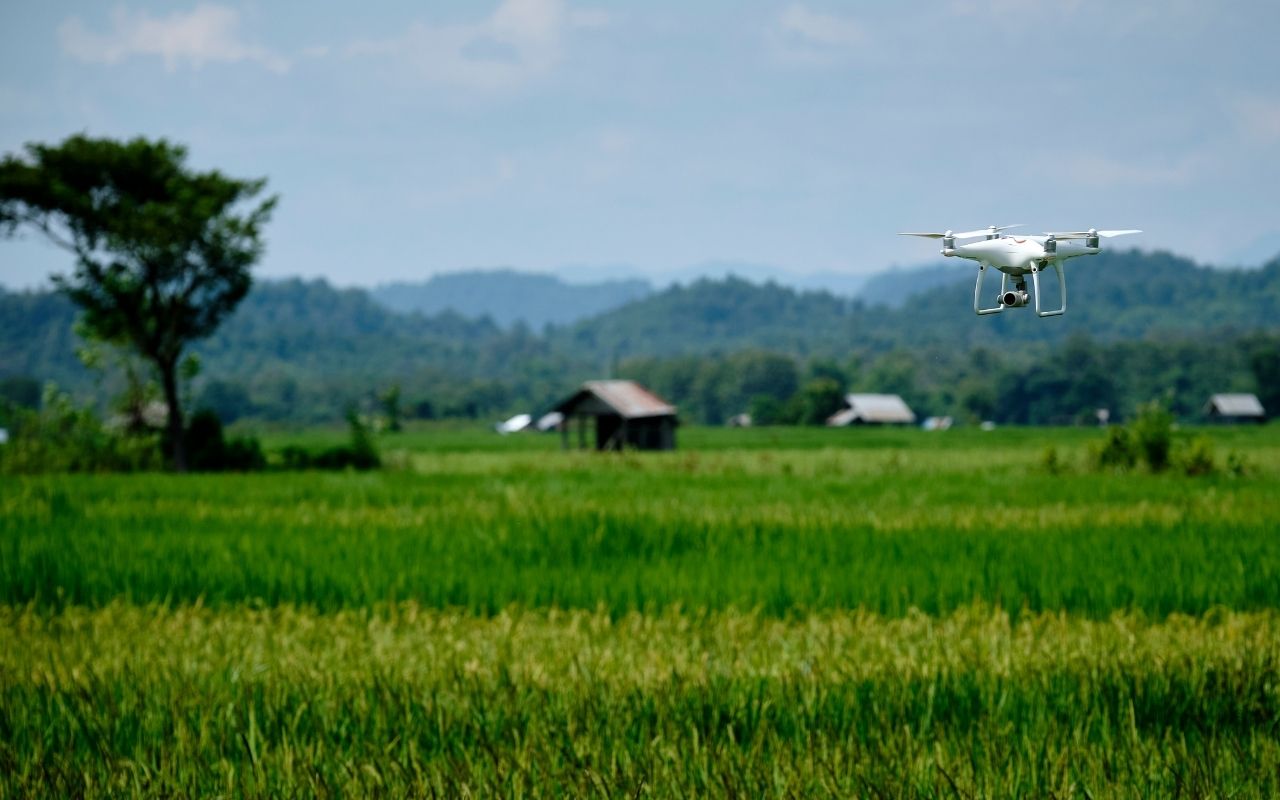
Is innovation a cure? A meaningless filler? Even problematic? And: In what way? Taking a critical post-colonial look at the past, the “innovation history” of Africa appears to be a double-edged sword, in any case. Historian Clapperton Chakanetsa Mavhunga, who teaches at MIT in the USA, deplores the failure and even largely destructive effect of “western” technology and knowledge exports to Africa. In his works about innovation in Africa, “capitalistic entrepreneurship” appears as “imperialism” in modified form and downright “parasitical” in its nature. A problematic definition of innovation, he says, has been transferred to Africa particularly from Europe. A definition that is limited to technical aspects, industrial scaling and commercial use.
Mavhunga asks, near desperation, with regard to innovation-based development cooperation:
“Can Africa follow these models of STI given its specific conditions? When 80 percent of the budget of countries like Zimbabwe goes to civil service salaries? When the bigger share of Africa’s budget relies on IMF and World Bank balance of payments support? When countries thus have meager funds to invest in R&D and yet make it the centerpiece of their STI policies anyway? When since slavery the West has used Africa as a mere source of raw materials (including cheap labor) for its development, a market for its finished goods, and a dumping ground for its disused products? Moreover, how exactly does Africa trust STI advice from the same experts that have devised systems of innovation that relegate Africa to a receiver of Western-produced R&D and a source of unprocessed natural resources and agricultural products for the West and East’s industries?”
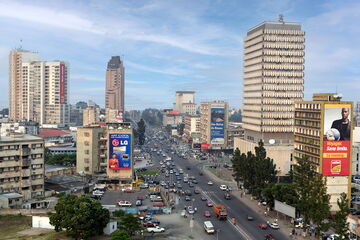
In a postcolonial critical reading, “western” activities in Africa appear as original sin. The arsenal of repression, Mavhunga writes, includes phrases and concepts such as those of “start-ups” or the “knowledge society”, which overemphasize the industrial value-generating aspect of innovation. In this way, he deconstructs the term innovation and discusses it mainly in the context of power aspects and historical experiences of disadvantage: The author calls to mind the “western” image of Africa as a place of darkness without a history, which was made popular by Joseph Conrad more than a hundred years ago. The “western” impression of African innovation, Mavhunga states, is one of dilettantish tinkering: “A horrible word.” He goes on to say that young Africans need an outlook in which they themselves are the drivers of innovation, are creative developers. In this regard, the supposed “rigid” western concepts are more of a hindrance than a help. But what does that mean in practice?
Should we stop talking about innovation? No, but we need to talk about it with heart and another kind of reason than just engineering reason
Beyond the details and assessments, however, it seems appropriate to also reflect on common political and economical definitions of innovation in principle.
First: Is technical progress always innovation? No. What is simply new is rarely innovative. That goes for technology. But it also goes for living things. A new child, for example, is not an innovation (even though each of the eight billion people on earth is unique). A new maize plant is not necessarily innovative (not even if it is a cross of two different parent varieties and has new “utility value”, such as size and starch content). In the US, maize yields have increased significantly – but the number of people suffering from hunger has not decreased as a result. Until that changes, maize farming – despite its historical contribution – should not be called an innovation with regard to the current problem of hunger in the USA.
So, what is it then: innovation? A technological novelty is innovative if it is needs-based. That is the crucial ethical broadening. In the sciences and applied disciplines of the “western world”, which Clapperton Chakanetsa Mavhunga portrays as a society which for centuries has been hopelessly and one-sidedly fixated on the measurable and sellable/marketable, newer approaches are popular which emphasise the humanising aspect of progress. They are discussed as “social innovations” or “design thinking”. Social innovations have a content dimension, a process or relationship dimension and an empowerment dimension (participation, education, access to resources).
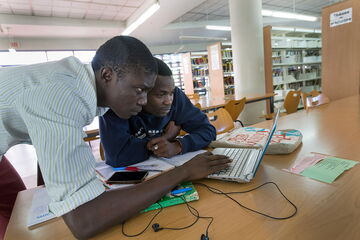
But this is a relatively new insight. The word innovation has a long and informative history. The linguist Susanna Weber researched and mercilessly dissected the history of the term innovation in her 2018 dissertation. She sees it as a “stuffed-goose term”, a “banner word” or “magic potion”. Assertions of originality, she says, seldom stand up to scrutiny. In political-ministerial usage, the word often means not much more than acceleration of the new. As such, Susanna Weber states, it is a “key reference figure for government action.” A comparable prime example is the often empty chatter about digitalization. In her assessment of the underlying mindlessness of such talk, she agrees with Mavhunga’s view.
And more than that: It may even conceal technocratic obsessions: “Particularly in political and economic usage, communication including the element of innovation has solidified into patterns of practical constraint, which tend to restrict communication, counter to their implicit or explicit claim.” An interesting aspect is the historic transformation from mainly negative to positive intention of the word. From antiquity through the Christian Middle Ages into modern times, Weber explains, the word was used almost exclusively with a negative connotation: in the sense of overthrow, revolution, heresy. From the distinguished economic-sociological analysis of Joseph Schumpeter (1911) and his concept of “creative destruction” to trivialising ideals of entrepreneurship, the term has undergone an increasingly one-sided focussing on economic value generation. Scientists and politicians use it as a filler to boost their reputations with only little prerequisites.
So, innovations are needs-based novelties. The only question now is: what exactly is a need?
This is where ethics comes into play. A need can be material or immaterial but never maliciously motivated. Could anyone seriously say: “I had the need to kill my husband”? Or even: “I have the need to become rich.” Not seriously. A need must address elemental values, from the right to live with dignity to creative development. This applies to all UN Sustainable Development Goals (SDGs). The ethical anchor is the practical ideal of living in freedom and responsibility. “Approaching ethics from the vantage point of human ways of living thus defines the practical point of reference, which is easily lost sight of when treading the often convoluted paths of ethical debates,” the Munich ethicist and theologist Trutz Rendtorff wrote.
Innovations do not only bring progress for the better. They have an ambivalent effect: nearly every form of progress comes at a price. The invention of the automobile caused more traffic deaths and environmental pollution but also brought new experiences through travel. Thanks to ambulances, the ill and injured (including those injured in traffic accidents) can be helped more quickly. It is impossible to divide inventions into “needs-based” and “not needs-based”. What is required, is a consideration of needs. This insight was the reason why ethics experienced a boom as a field complimentary to the technological sciences starting in the 1980s. Today, ethics are more important than ever.

The limited definition of innovation, which Clapperton Chakanetsa Mavhunga criticised and which is limited to technological means or overemphasises the benefit of a (ruling) party, is the reason why many earlier development projects failed: for decades, the idea of “western” development aid consisted mainly of the export of technology to the southern hemisphere. Be it seeds or machines or institutions – “democratic” or “social” ones: a seed can only germinate if it falls on fertile soil. Whether it has to do with tractors, gene technology, modern structures of government or new traffic infrastructure: any technical or institutional novelty is only “innovative” where it contributes to solving local problems. Otherwise, it all ends with rusty machine junkyards, hollow and bloated administrative structures and decrepit roads that were built but for whose maintenance is not supported by financial and fiscal policy. Africa is full of examples: ruins of the high innovation aspirations of the past.
Today, many are probably smarter. In a final seminar of international SEWOH project members, the most popular summary was: “Context is King.” In other words: the question of needs is of great importance for each situation and location, and it is tangible. Development cooperation happens on location. It can take look from up close.
A harvester is only needed by someone who can drive and repair it. Someone who has a refuelling station and can use a road. Someone who deals with distant cities where there is buying power and a demand for regional products. And everything is seen within a greater context of meaning: the improvement of the quality of life at the local level. For example Zambia: whether genetically modified and vitamin-fortified maize falls within this greater context of meaning is not clear there, as in many other states. Some in Zambia say yes, others – local non-governmental organizations – say carrot farming and a factory for canning carrots would do just as well and would even have more benefits.
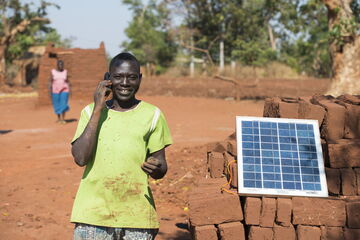
The ethical dimension of innovation also means that engineers or CEOs ultimately cannot decide on their own whether their new inventions are innovations. They are biased. It takes conversations and reflection, also with laypersons. With some room for scepticism – despite the global challenges also with regard to world nutrition. In light of the speed of technological development, philosopher Hans Jonas even felt that an “ethics of fear” would be desirable – which, if consistently applied, could on the other hand lead to a complete standstill of civilization. But risk is always part of innovation. And risk, as defined by German sociologist Ortwin Renn, is to jeopardise a value.
The history of the term also allows for a link to its bright side, which development policy of recent years has increasingly evoked as well: Schumpeter’s “creative” already alludes to this quality of innovation. Equally interesting is a reference to a very old dictionary of 1564, which lists the Middle High German word “Erneuwern” as a synonym for “improve, refresh, get back into shape” or “Wider in die alt form bringen”.
The way to innovate, then, is not to have “experts” come from the outside and bring the supposed blessings of civilization to the poorest nations, but for those experts to contribute ideas and experiences of analogous problematic cases.
They help to create stable value chains that attract investors. “Grow Africa” in South Africa, for example, is an initiative doing just that. Grow Africa reports having already supported more than a hundred enterprises in several African states. This is how they did it, using the example of agriculture: Companies and stakeholders define what are the so-called “cash-crops” for a region – cassava, for instance or maize, peanuts or sweet potatoes. The initiative then focuses on that crop. Now, all relevant actors come together: farmers’ organizations and traders, logistics and processing, exporters, policy makers and so-called civil society. This “field to plate” process results in products that promise higher added value, and thus living incomes for farmers.
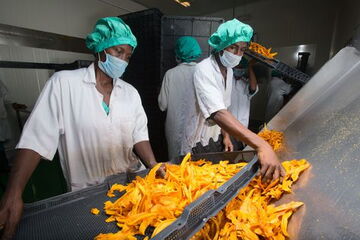
The initiative brings investors from inside the country and abroad into the chain. To ensure that they truly believe in the success of the project, and that the individual members of the value chain adhere to the agreements, the group nominates a “Chief Investment Officer”. He or she monitors whether promises are kept and reports back to the investors. In a similar way, the GIZ supports “good governance” of young companies – for example as part of its initiative “Scaling digital agriculture innovations through start-ups.” The concept of value chain innovation is central for the German “Green Innovation Centres” as well. Sixteen of them – fourteen in Africa, one in India and one in Vietnam – were founded by the German Federal Ministry for Economic Cooperation and Development (BMZ).
But can farmers actually live on growing crops and selling them? This often requires scaling. What comes after the product innovation for every new company, and for every farmer, is growth. Not every business model is scalable as needed/desired. The “Cassanovas” from Nigeria, chips made from cassava, are successful just in the Nigerian market. Perhaps there are also some prospects for exports to limited groups of buyers in the global north. But even urban consumers in Nigeria’s neighbouring countries prefer their own local products, like cassava from Cameroon.

Another example of agricultural innovation is the “improvement” of rice. The Green Innovation Centres and the international “Africa Rice Center” have brought newly adapted varieties for West Africa to the farmers there. New varieties, traded under collective names like Faro, Nerica or Orylux, have improved characteristics. Some have higher yields, others contain more nutrients or are aromatic. For example the varieties of the Orylux family, which, at 5.2 tonnes per hectare, are also high-yield and proficient at absorbing nitrogen from the soil. Thanks to this new variety, 1,500 farmers in Burkina Faso increased their harvests so significantly during a 2016 project phase that the increases fed an additional 120,000 people, the GIZ reports.
In India, SEWOH partner organizations contributed to having smallholders not simply burn their straw but sell it to power plants, thereby increasing its added value. Thanks to projects supported by BASF, farmers in Latin America were able to save up to 90 per cent of their water consumption by applying plant protection chemicals with drones rather than with back-pack sprayers.
What drives people to engage in “good” innovation? Fear? Necessity? Curiosity? “It’s passion,” says Dale Lewis.
The American has been in Zambia for many years, following his passion. He came when he was young, saw the suffering and the joy and stayed. He says that he has been working with tens of thousands of farmers to create added value for locally processed foods. The brand is called “It’s Wild”, there are 17 products, and the logo is a Zambian elephant. This is a value-adding innovation that is still in the distant future for many millions of smallholders: making something of their harvest, a product, a brand that stays and brings added value.
One key area of innovation of the present and future is the socio-ecological area. This includes creating, communicating and pricing new product qualities. A market emerges for carbon storage in the soil or in wood through agriculture and forestry, inasmuch this is in demand or mandated by requirements like seals, labelling, trade standards or even trade laws (garnished with funding support).
The European Green Deal also heralds major changes to the rules of international trade regarding the ecological aspects of value-adding. Punitive tariffs at the borders are one instrument that may be used, another is state-mandated socio-ecological balancing and pricing (true cost accounting). These, too, would be true innovations. In the old sense of the word, one could speak of new discoveries in this context: of entrepreneurial responsibility, which becomes possible again thanks to intelligent trade rules, where blurred lines once permitted exploitation of people and the environment, shrouded behind anonymous and convoluted supply chains.
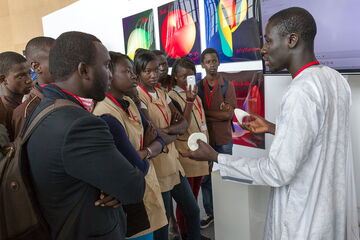
However, the example of the trading climate policy of the Green Deal shows that “governance innovations” are also ambivalent. A stricter, socio-ecological trade regime also bears risks for the smallholders of the “global south”. On the one hand, biological or soil-preserving agriculture should become more lucrative for some of them if compensation payments or new markets are established. On the other hand, the pricing consideration of long, high-emission transport routes for agricultural products to Europe could lead to increased costs of production in Africa or India and thus reduce demand. In this case, law makers would have to “touch up” the rules for social and developmental policy reasons. A ceaseless up and down of fiscal policy levers would loom. One risk is the emergence of bureaucracy and the dwindling of market opportunities where they should actually be growing. But risk is no reason to forebear innovation.
Even a certain probability of reducing hunger can be enough to justify technical and institutional innovations. It’s a matter of living. And living includes farmers gaining freedom and responsibility, which can be a re-gaining and thus an innovation in the very old sense of the word. “Nihil innovetur nisi quod traditum est,” is a quote from early Christianity, attributed to Pope Stephen I. Loosely translated it means “Nothing is innovative that does not continue what has been handed down.”
The innovator is a discoverer. You can discover things with forward-looking imagination, but also in the past or in another person’s point of view.
The term of destruction illustrates an ethical dilemma. Clapperton Chakanetsa Mavhunga says: “The most inspirational and urgently needed innovations derive from people who respect and thoroughly understand local modes of knowledge and build upon them.” All examples that he feels clearly succeeded in light of those criteria and that emerged in Africa itself are related to agriculture. They are called eSoko, Rural eMarket, M-Shamba, iCow and Hello Tractor. Because, naturally, Africa’s population and poverty problems need technical innovations and political empowerment of their development. Tradition and prayer are not enough. And even emotional terms like respect, tradition and fairness can be mere banner words.
Bibliography
- Mavhunga, Clapperton Chakanetsa (2017), Introduction: What do science, technology, and innovation mean from Africa? p.1-27.
- Moulaert, Frank, Martinelli, Flavia, et. Al (2005), Towards Alternative Model(s) of Local Innovation. Urban Studies 42, 11, p. 13-24.
- Rendtorff, Trutz (2011), Ethik. Grundelemente, Methodologie und Konkretionen einer ethischen Theologie. Hrsg. von Reiner Anselm u. Stephan Schleissing. Tübingen.
- Weber, Susanna (2018), Innovation: Begriffsgeschichte eines modernen Fahnenworts. Marburg.
